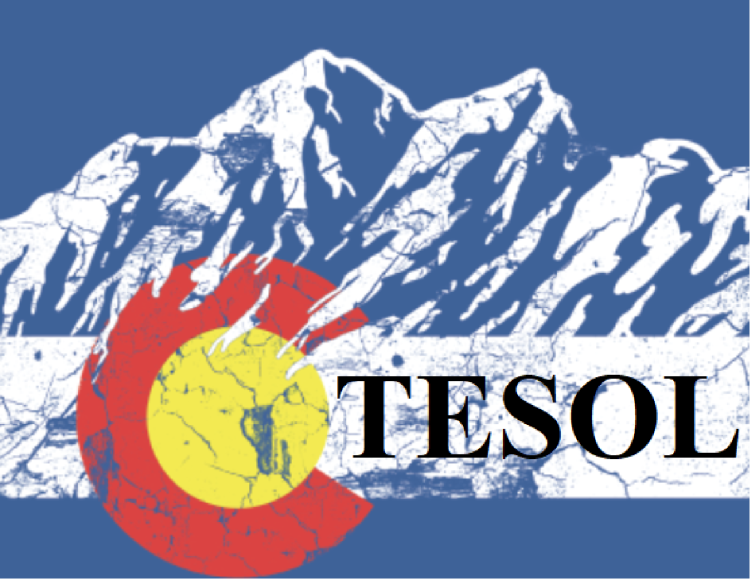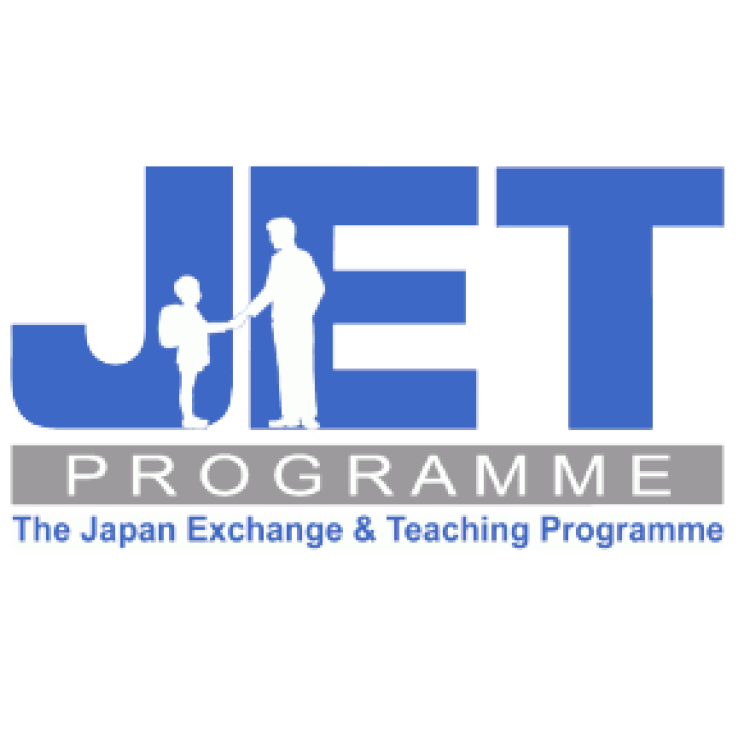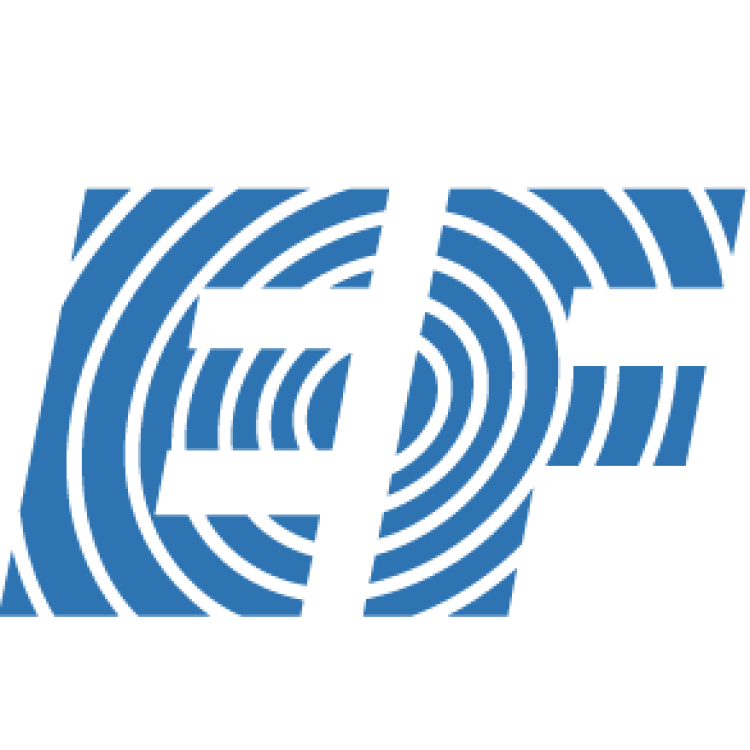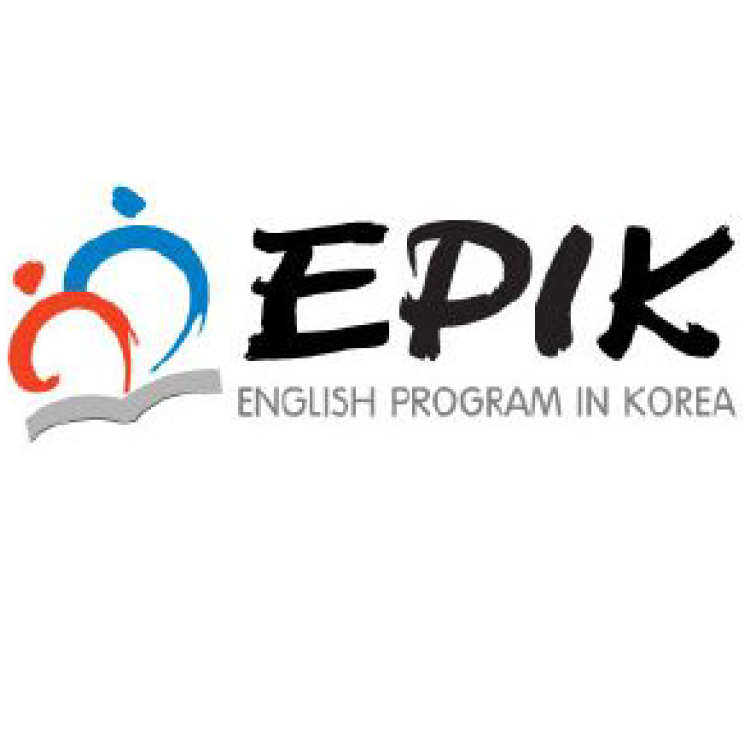TESOL Program: Undergraduate Track and Minor

Teaching English as an additional language is an endeavor that comes with great responsibility as well as opportunities for personal growth. In our TESOL courses, we take a critical approach to curriculum design to ensure that instruction builds on learners’ cultural identities, home languages, and previous educational experiences. As reflective practitioners, we grow in our understanding of ourselves and others against the backdrop of various teaching and learning contexts and in light of feedback from a supportive community of practice. Being a TESOL professional is bound to change your life through the people you meet, the places you go, and the person you become as a result of these experiences.
TESOL Track Requirements | TESOL Minor Requirements |
Required for all TESOL Track students: 12 credits of TESOL-focused LING courses. | Required for all TESOL Minor students: 12 credits of TESOL-focused LING courses. |
Required TESOL-focused LING courses:
| |
Elective Course Options:
| |
Please note: The following newly added elective courses are pending official approval. If you'd like to take courses from this list, your advisor and program director Rai Farrelly (rai.farrelly@colorado.edu) can arrange a substitution approval.
| |
TESOL Minor General Requirements
- 18 credits of LING and related coursework total
- At least 12 credits of upper division LING coursework
- All coursework applied to the minor must be completed with a grade of C- or better (no pass/fail work may be applied)
- The grade point average for all minor degree course work must equal 2.00 (“C”) or higher
- Students will be allowed to apply no more than 9 credit hours, including 6 upper division credit hours, of transfer work towards the minor
- Students cannot declare both the major in linguistics and the minor in TESOL
*Note: The TESOL track and minor do not count toward a PreK-12 teaching license or Colorado's Culturally and Linguistically Diverse (CLD) Education endorsement, which is required to teach English as an additional language in U.S.-based elemntary, middle and high schools. To learn more about Teacher Licensure in the School of Education at CU Boulder, click here. To learn more about the CLD endorsment, click here.

Career Potential within TESOL
Individuals with evidence of training in TESOL are eligible to teach English as an additional language in a number of settings nationally and internationally. Opportunities include working for private and non-profit language programs in the U.S., tutoring learners face-to-face or online, and working as paraeducators in local schools. Internationally, there are many wonderful opportunities to combine a love of teaching with an interest in travel and living abroad. TESOL majors and minors will be attractive candidates for various English language teaching positions around the world.
A career in TESOL is versatile, offers the chance to live abroad while earning money, and creates opportunities for meaningful, human connections across linguistic and cultural boundaries. Click on the company logos below to learn more.
TESOL Program director Rai Farrelly also created this Padlet with a host of resources related to earning a career in TESOL.
Featured TESOL Stories

Rai’s Story
Teaching English as an additional language is not only a way to earn a living, it also a way to improve your living. I have taught English in the U.S. to university students from Asia, Latin America, Europe, and the Middle East, refugee-background adults from East Africa, and immigrant adults from all over Latin America. I have taught English in Tanzania, the Dominican Republic, the Czech Republic and Armenia. The people, places, and experiences have shaped my life in unpredictable and rewarding ways. Read more of my story, as well as the stories of other TESOL students to learn why TESOL might be an exciting path for you.
Colorado TESOL (CoTESOL)

Founded in 1977, CoTESOL is an official affiliate of the TESOL International Association. CoTESOL members include teachers, teacher educators, program leaders, researchers, and students who are invested in the professionalization of our field. The annual Fall conference brings practitioners and researchers together on the Front Range to share ideas and expertise in a community of practice. CU Boulder TESOL students have presented and volunteered at the Fall conference. TESOL Program director Rai Farrelly is a member of the board of directors, serving as co-Chair for the Higher Education Special Interest Group in 2025 and as the Vice President in 2026.









